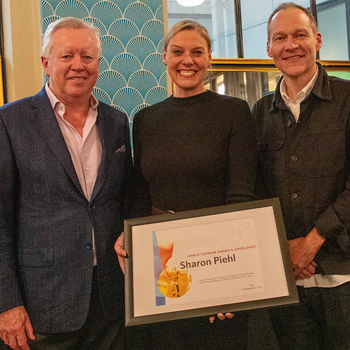Is Paid-for Media Gaining Ascendancy Over Earned Media? How Does This Affect PR?
Every PR practitioner knows the frustration: you open the newspapers or trawl through media monitoring reports only to find that, your client’s all-important event or press statement did not see the light of day.
Brace yourself for more tearing of hair because it’s getting worse. And, unlike in the cliché, it’s not going to get any better after that. The evidence is all there for us to see.
Never before has our ability as communicators to get publicity for our clients come under more pressure. To understand the implications for the industry, one need only remember why clients hire us in the first place – which is to get them mainly free, positive publicity that helps them achieve their business objectives.
The woes of the newspaper industry, which have seen many reputable publications fold and lay off hundreds of journalists in the Western world, are also wreaking havoc in South Africa. Revenues are under unprecedented pressure, forcing newspapers and newsrooms to shrink so badly they simply do not have the space or manpower to do the work.
The decimation of unpaid space means that clients would have no option but to dig even deeper into their pockets to pay for the publicity that they have hitherto enjoyed for free. More budget provisions would have to be made for more advertising and advertorials – in addition to using shared online media and their own media channels – including their websites.
There is no shortage of examples to show this is already happening. A case in point for me was the lack of interest by the media – both traditional and new – in a major court case involving a bitter leadership squabble within the National African Federated Chamber of Commerce and Industry, an important business chamber whose mission is to drive black business development and economic transformation in South Africa.
The High Court ruling, with its far-reaching consequences, attracted only one journalist that Friday afternoon, in Johannesburg, the media capital of South Africa. When the story was eventually published, three days later, on Monday, it was still a scoop. It was never carried anywhere else.
The winning faction in the leadership struggle ended up resorting to placing paid adverts in daily and weekend newspapers to publicise the judgment more widely to members across the country.
Just this week (on Monday to be precise) the National Union of Metalworkers of South Africa, placed a full page advert in Business Day, the country’s most influential business newspaper, to explain its rejection of the government’s much-touted National Development Plan.
The union denounced what it called the plan’s neo-liberal, capitalist and anti-workers agenda. The union had previously complained that its message was being distorted by a media hostile to its socialist views.
Only a few weeks ago, the Post Office also used advertising to expose the disinformation used by those behind the illegal strikes that have crippled the delivery of mail. Only thereafter, did we see some decent reporting on television, newspapers and radio about the strike.
Lastly, the Department of Basic Education placed adverts in Sunday newspapers last October to put into perspective a high court decision in the case brought against it by Section 27, the education rights NGO. The education minister and her department argued they had no other option to avoid the distortion of their message.
I hope I’m not being alarmist but these examples, all but one of them from the past few weeks, show that PR and its clients are in for a rough ride as the mainstream media – both traditional and new – show less and less interest in issues that matter – or are increasingly being rendered less and less capable of playing the informational role we have become accustomed to.
To successfully navigate the uncertain waters, communications practitioners would have to find more creative ways of landing stories. They’d also need to work doubly hard at building relationships with the media and sweating those relationships.
Clients, on the other hand, would also have to be more forthcoming with the information needed to tell more compelling stories. To increase their hit rate, the stories would also have to dig deeper into their pockets – to pay for the publicity they have hitherto enjoyed for free.
Find Out More
-
Digital Insights Bulletin - October 2024
October 31, 2024
-
Sharon Piehl Wins 32nd Annual John D. Graham Award for Excellence
October 25, 2024
-
Digital Insights Bulletin - September 2024
September 30, 2024


